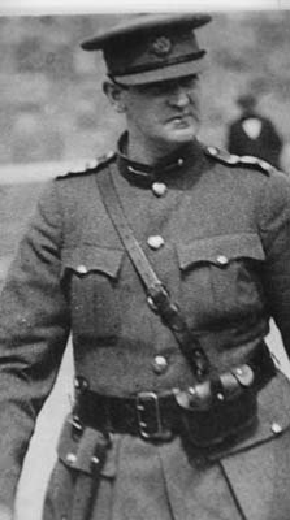Travel Reference
In-Depth Information
Irish Free State. (For a review of the ongoing issues between the North and the Republic,
see the Northern Ireland chapter.)
Ireland's various political factions wrestled with this compromise solution, and the is-
landplungedintoayearlong
Civil War
(1922-1923).Thehard-lineIRAopposedtheparti-
tion, unwilling to accept a divided island, an oath of loyalty to the Crown, or the remaining
British navy bases on Irish soil. They waged a street war on the armies of the Irish Free
State, whose leaders supported the political settlement as a stepping stone toward future
independence. Dublin and the southeast were ravaged in a year of bitter fighting before
the Irish Free State, led by the charismatic young Nationalist
Michael Collins,
emerged
victorious. The IRA went underground, moving its fight north and trying for the rest of the
century to topple the government of Northern Ireland.
Out of the ashes of the Civil War came the two parties that still dominate Ireland's
politics today.
Fine Gael
spawned from those who approved the treaty and the creation
of the Irish Free State.
Fianna Fáil
was founded by
Eamon de Valera,
the figurehead of
the anti-treaty side. Interestingly, Fianna Fáil, which developed from the losing side of the
Civil War, has been in power 70 percent of the time since its inception.

